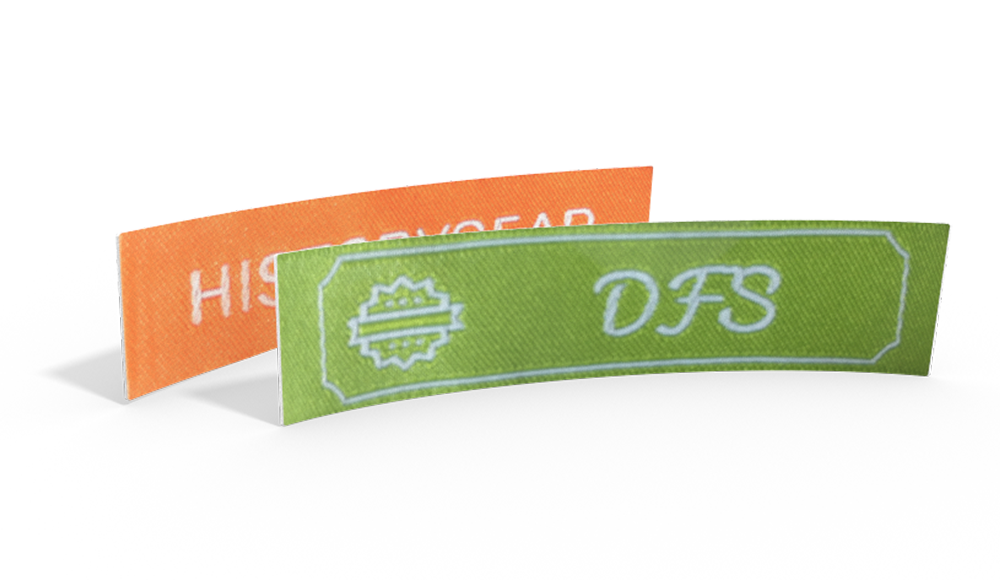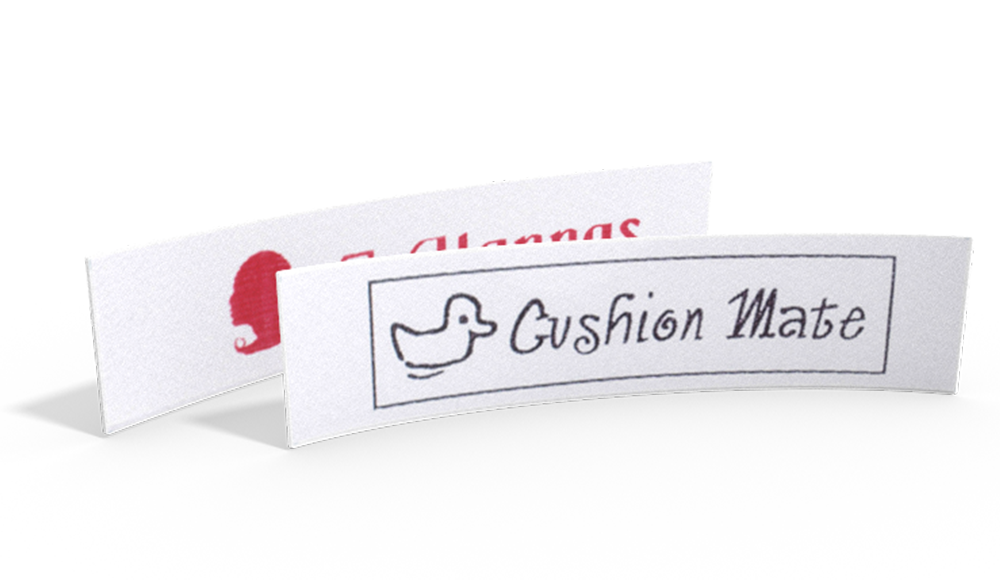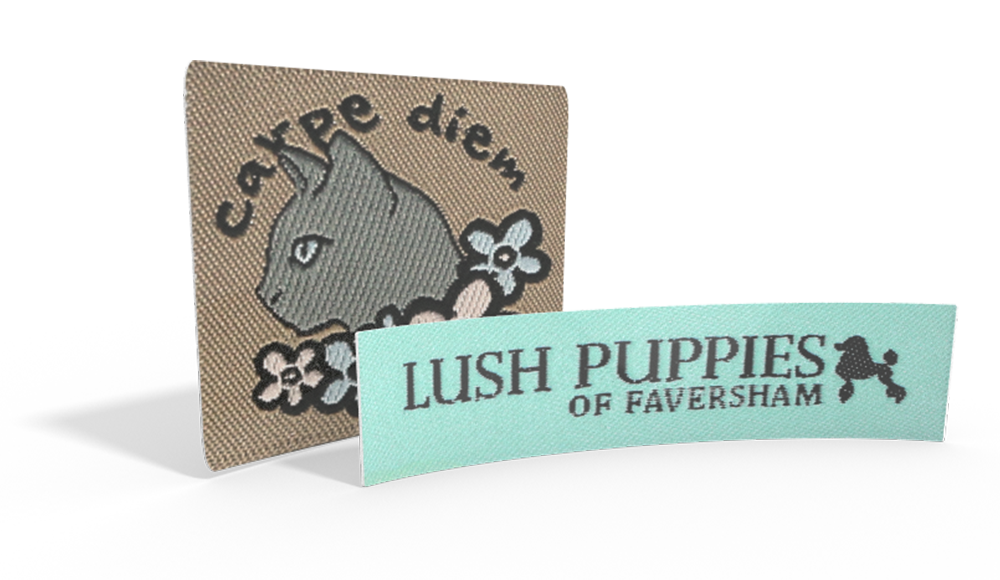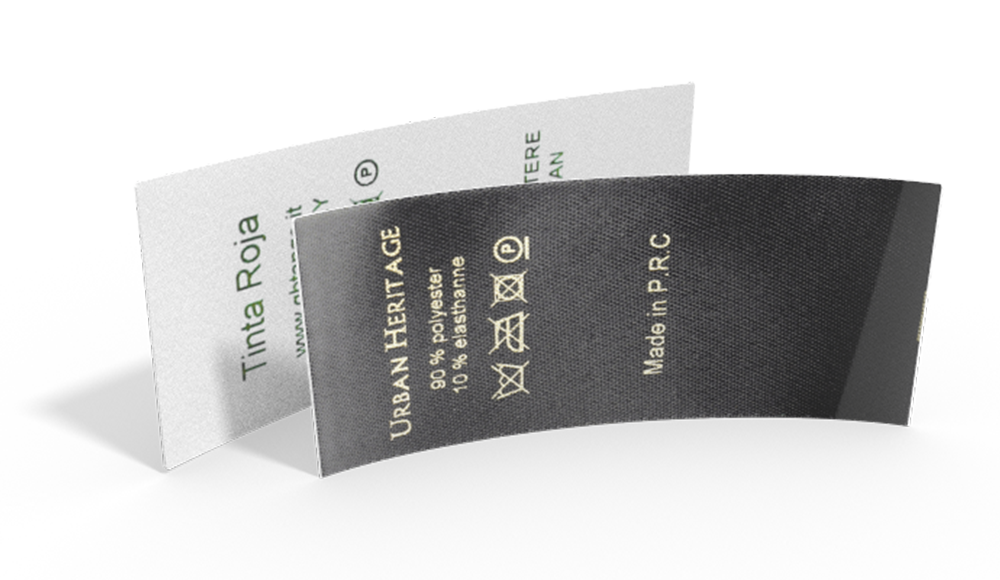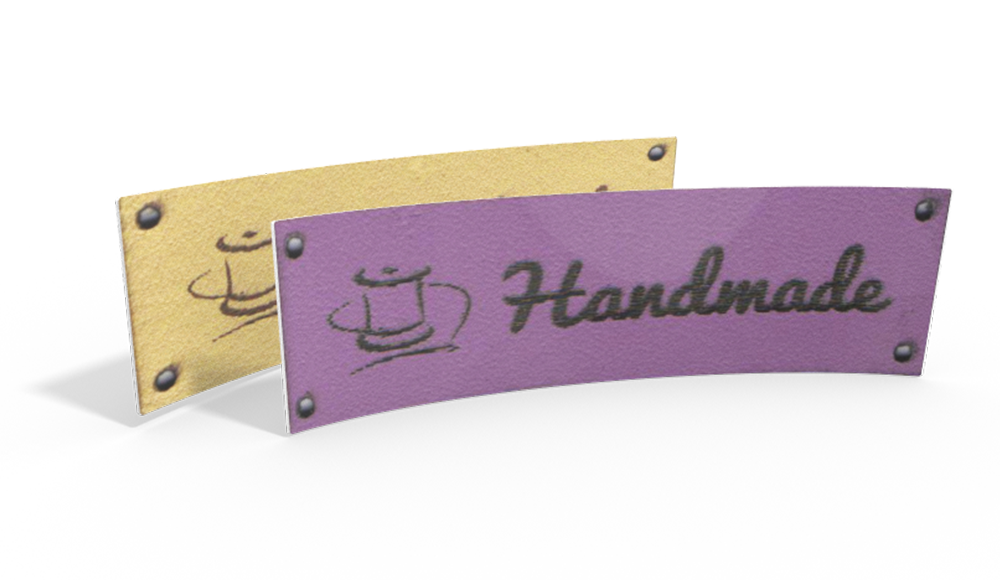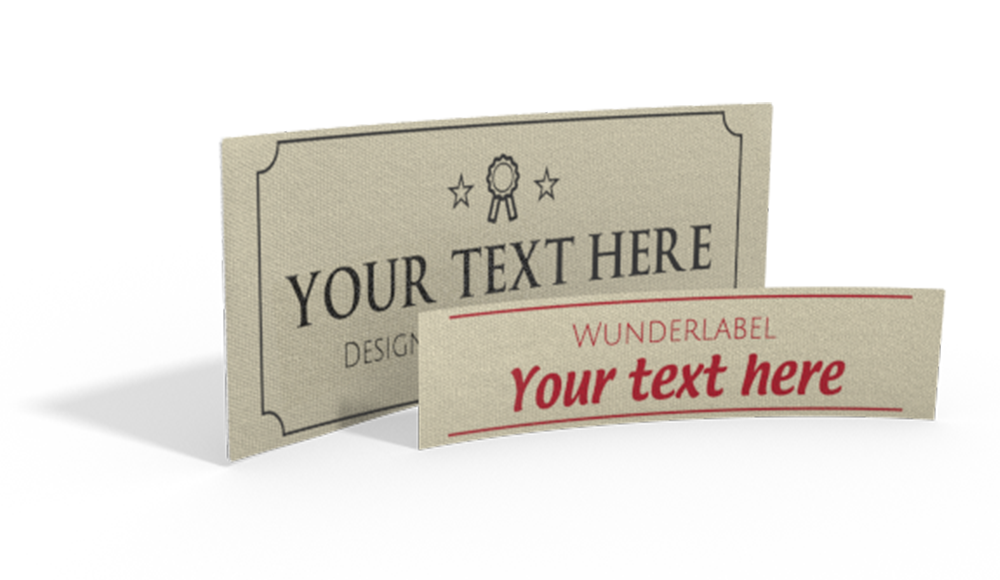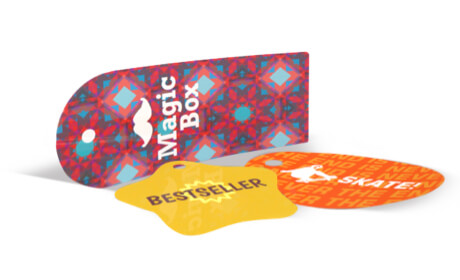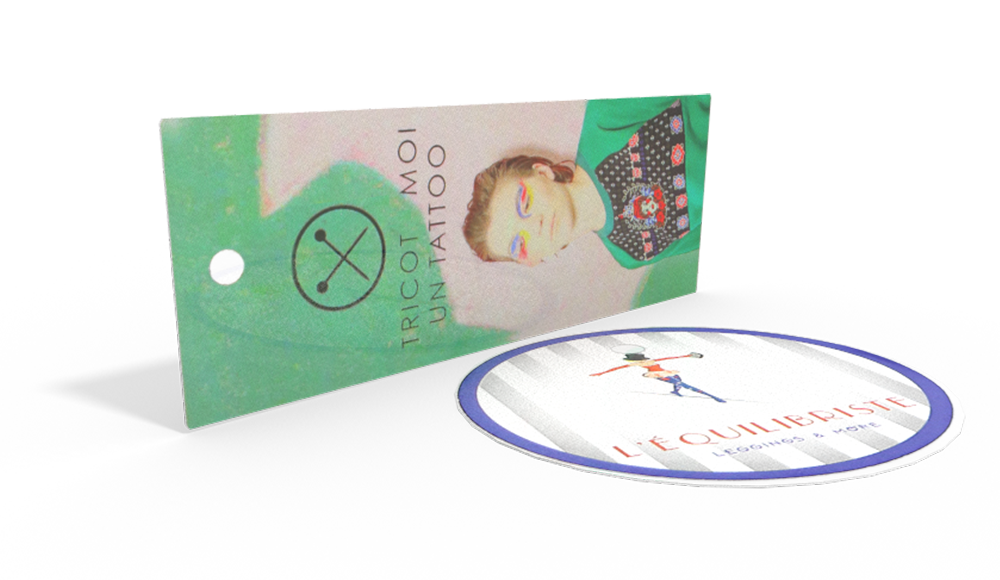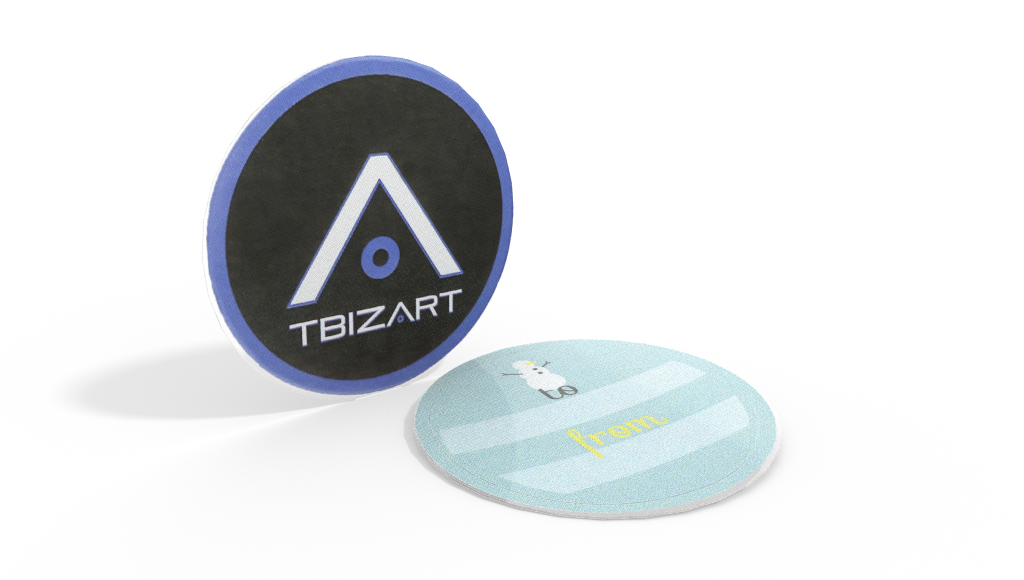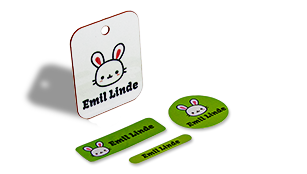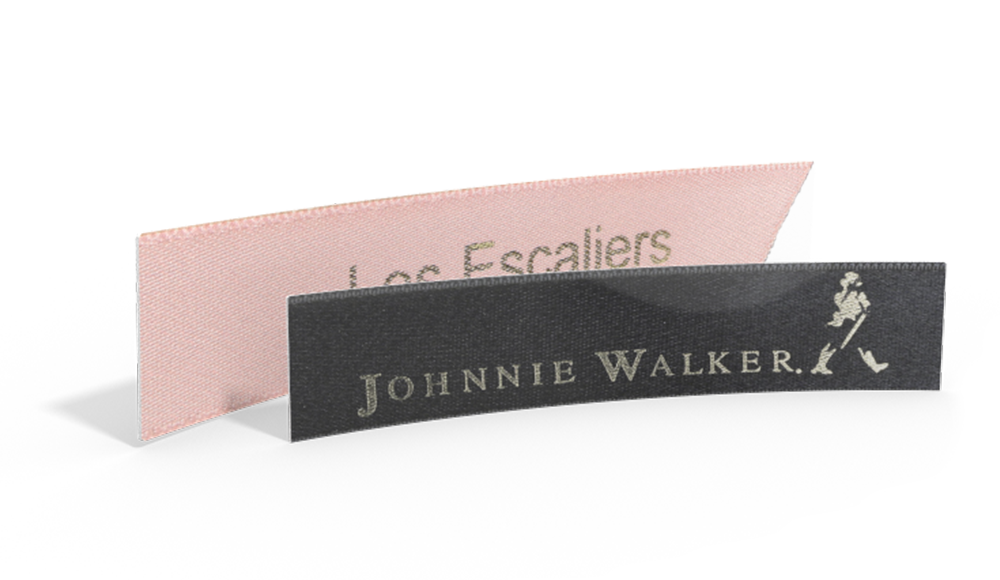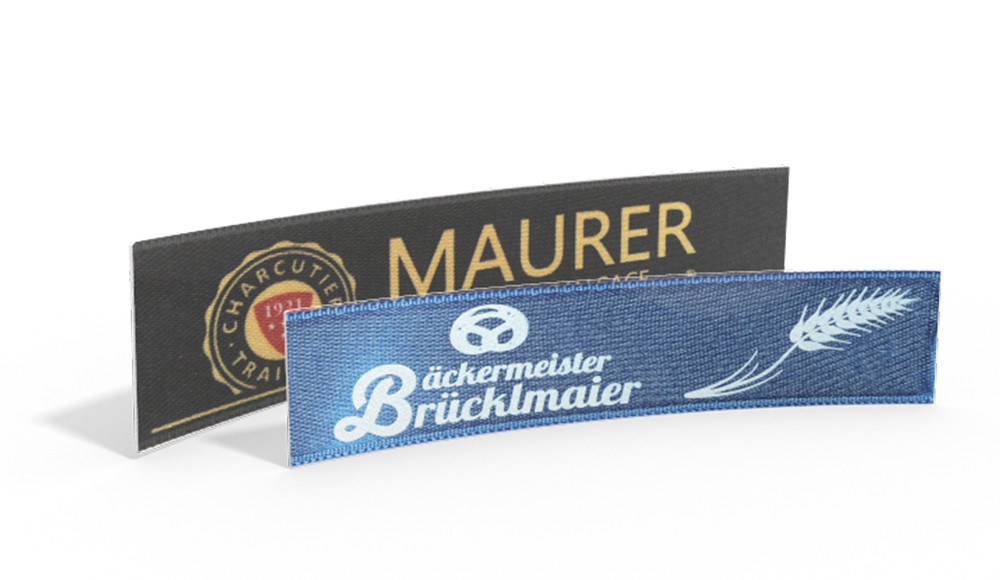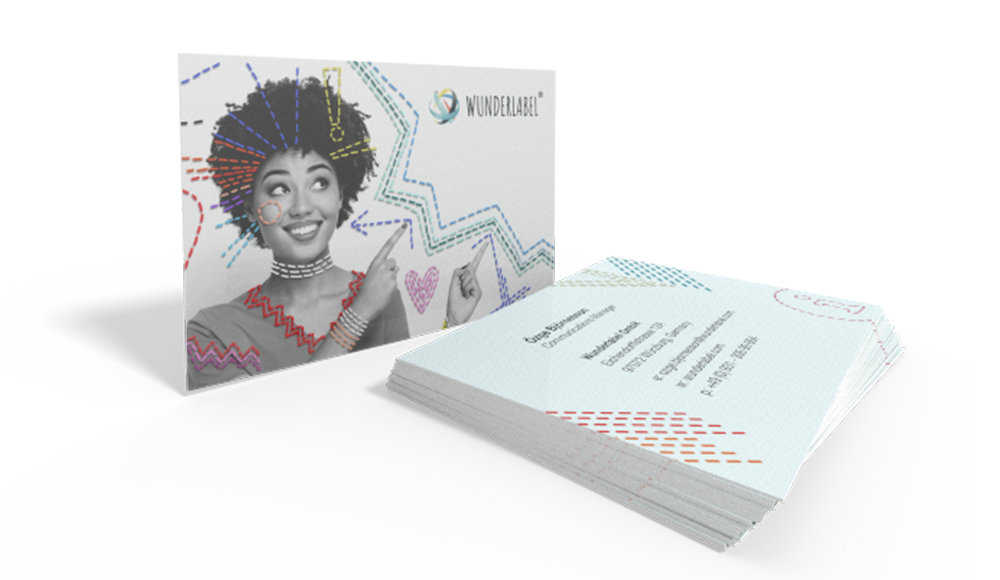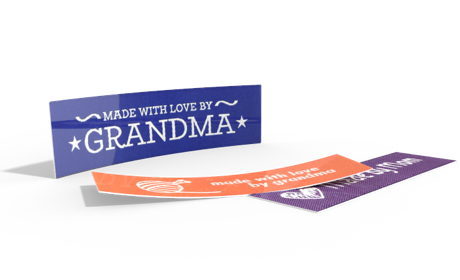You've spent ages creating a perfectly pieced quilt top, and you've chosen a beautiful design to quilt it with. But first, you've got to assemble your quilt sandwich, and that means choosing the best wadding for your quilt.
Wadding, sometimes also called batting, is the filling in your quilt sandwich that makes it soft, warm, and snuggly. It also helps show your quilting off by creating contrast between stitched and unstitched areas.
The best wadding for your quilt will depend on lots of different factors. Are you hand quilting? Do you want a thick and fluffy quilt, or a lightweight one? What's your budget? Are you allergic to any particular fibres? Thankfully, there are options that suit every need. Take a look at the breakdown below to find the best wadding for your next quilting project!
Personalise your perfect label design with Wunderlabel! >>
Which Fibre is Best?
There's no single best fibre for every quilt, and a lot of the time it comes down to your personal preferences. Experiment with different wadding types to see what you like best.
Cotton
Relatively inexpensive and easy to find, cotton is It's available in both pure white and "natural," which has an ivory colour reminiscent of unbleached muslin (they're both natural cotton fibre, after all). Either of these will work perfectly well, though if your quilt pattern uses a lot of white or other pale colours, you may want to opt for pure white wadding, as the ivory tint may cause your quilt to appear discoloured. Another thing to watch for is cotton seeds. Occasionally, these get missed in the manufacturing process and blended into your cotton wadding. It's more common in natural coloured wadding, but in either case, the dark seeds can be quite noticeable through light fabrics, and can cause staining over time. Be sure to look your wadding over and remove any seeds that may have sneaked in.
Bamboo
This is a pricey option for wadding, but its quality is tough to beat. It's lightweight and drapes well, avoiding the issues with bunching and sliding that you can sometimes see with polyester or cotton. Bamboo also wears well, so if you're making an heirloom quilt you hope to see passed down through generations, it's worth the investment to choose bamboo wadding.
Wool
Wool makes excellent wadding because of its warmth, softness, and drape. Because the fibres tend to bond firmly together over time (as anyone who has accidentally washed a sweater in hot water can attest), quilts made with wool wadding can be quilted using very open stitch patterns without risk of the wadding bunching or shifting. Just like that sweater, however, wool wadding can shrink if it hasn't been pre-treated. Always check the manufacturer instructions to care for your materials properly.
Polyester
Great for people who may be sensitive to natural fibres, polyester is inexpensive and widely available. It's less breathable than wool or cotton, but very lightweight, and holds up well to repeated washing and drying. It's often used for baby quilts for that very reason, though it may not hold up as well if you're hoping for years of use.
Lofty Goals
'Loft' refers to how fluffy your wadding is. This has an impact on the look of your finished quilt. The higher the loft, the puffier your quilt will be.
Low loft
Always opt for low loft wadding if you're hand-quilting. High loft wadding makes it difficult to get all the way through your quilt sandwich using the dipping motion hand quilting requires. Low loft is also great for lightweight quilts, or those with complex piecing techniques, where you want to feature the shapes and colours more than the quilting itself.
Mid loft
This is as 'fluffy' as you want to get if you're planning to do your quilting on a regular domestic sewing machine, as opposed to a long arm or other quilting-specific machine. The rolling, folding, and manipulation required gets tricky if you've got the added bulk of high loft wadding.
High loft
A great way to really feature the shapes of your quilting. Be careful though—the stitches themselves tend to get lost in the ditches created by quilting in high loft wadding, so if you were hoping to showcase some colourful thread you may want to go with lower loft.
Troubleshooting
Unfortunately, most of the issues you'll find with quilt wadding don't become apparent until after your quilt has been finished and washed a few times, at which point they're no longer really resolvable. However, you can prevent the same issues in your next project with these tips.
Wadding shifts or bunches after wash
This is common with quilting designs with a lot of empty space. Most quilt wadding will have a minimum quilting distance listed. This is the minimum distance to prevent the wadding from shifting during use and washing. If your quilts are looking a bit bunchy after the wash, try using denser quilting patterns, or switching to a wadding with a greater minimum distance.
Bearding
This is a common issue in quilting, and refers to the little wisps of fibre that come creeping through your fabric from the wadding underneath. It's particularly common in low quality wadding, so if you notice you have issues with a particular type, try moving slightly up-market for your next project. Another way to reduce bearding is to use tightly woven fabrics in your quilt tops and backings, and make sure you're using sharp needles to quilt with, as old needles can develop hooks or barbs that snag fibres in your wadding and bring them to the surface.
Quilt has a crinkled appearance after washing
This happens with cotton wadding, or occasionally with wool, if it has been improperly washed. It means your wadding has shrunk a bit, causing your top fabric to take on that distinctive crinkle. You can minimize this by always washing your quilts in cool water and air drying them (this will help preserve the colours as well), but some quilters actually find that crinkle desirable, especially in homey bedspreads or children's quilts.
Feeling a bit better versed in the world of wadding? Got tips and tricks of your own to share? Leave them in the comments below!


